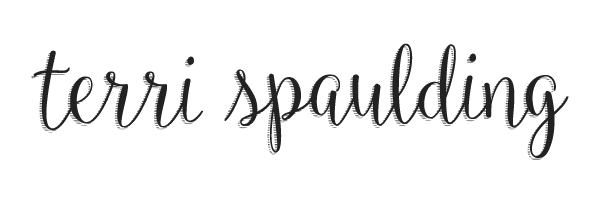Crying for all the Right Reasons
Is your check engine light on? Mine sure was. A few months ago mine clicked on, and stayed on.Thankfully I paid attention to it.
I recognized that something was not right. I was crying. A lot. At work, while driving in the car, when I got home from work, and even in the middle of the night. I would wake up, begin tossing and turning, and the silent tears would start.
"What the heck is wrong with me?" I wondered. Was I for the first time in my life depressed? Was I going through some kind of mid-life crisis? Was I sick? Or was the new job I had taken on, too much for me?
Why were tears so close to the surface all the time?
I was most concerned about the tears I shed at work. To me they were awkward and a deeper sign of a problem --- they felt like tears of frustration and dissatisfaction, but they came across to others as complaining. It bothered me that I couldn't seem to control them whenever I got passionate about an idea or a situation where I needed help with a solution. What I thought needed to be done, and what I saw that needed fixing, wasn't as important to others. So not only did it feel like no one was listening, it felt like they thought I was trying to fix things for all the wrong reasons. Like I was being selfish.
I am pretty sure the stomach ache I had constantly was an early form of an ulcer. The ache grew from a sense of misalignment that even I didn't clearly see -- until many months later, after I had time to reflect. All I knew was that I couldn't seem to get away from the stress. And the stress seemed to be felt only by me.
At the time I had no idea that emotion in the workplace is not only normal, but helpful. Generally workplace tears represent anger or frustration at something that isn't right, more than they represent negativity and overall sadness. Check out this video from Anne Kreamer, Author of It's Always Personal: Emotion in the New Workplace.
[youtube https://www.youtube.com/watch?v=U9Lb3w_vjIE]
Some interesting things I have since come to learn about emotion in the workplace:
•The person crying is almost always embarrassed and wishes they weren’t crying. •The most professional response is to hand the person crying a box of tissue and continue the conversation. The worst thing you can do is to make a big deal of the tears, or to withdraw from the conversation and stop talking to the person, making them feel worse. •The person crying is often a person who has a lot invested in their work, or who is experiencing something in the workplace that goes against their personal values. It’s very important to listen and to ask a lot of questions to determine the source of the frustration. •Dig a little. The first explanation for the emotion may not be the real one. It might only be the most recent one. •Don’t see tears as weakness or negativity. They are very simply someone's reaction to strong emotions.
It is important for the person doing the crying and the manager (or whomever is observing the tears), to move through the emotion and get to heart of the matter. Too many managers, especially men, feel really uncomfortable and guilty when tears are present. They hurry the tears and attempt to alleviate the distress. What is really needed is to connect deeply with the person crying, and to listen to what they are truly saying. That will build both trust and respect, and give you a good insight into the things that might be out of balance.
It was only after I made the decision to quit my job that I found this video. And with time and distance, things began to make sense to me.
I was crying for all the right reasons. I was in the wrong job (for me) and no amount of effort was going to fix that. And until I removed myself from the internal stress I was feeling, my tears were going to continue; at work, at home, in the car, in the middle of the night --- everywhere.
If you find yourself crying a lot ( especially at work), it might be time to give your check engine light a look.
